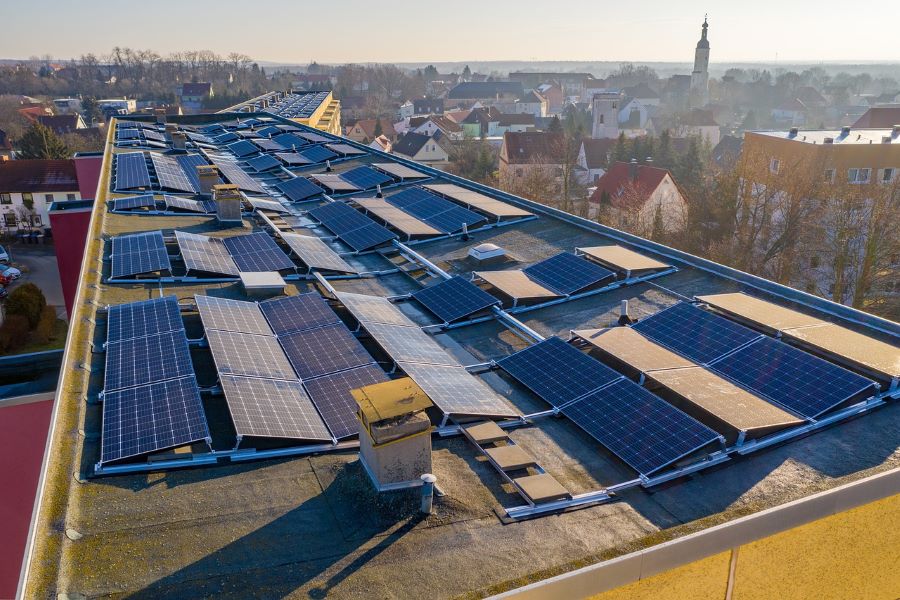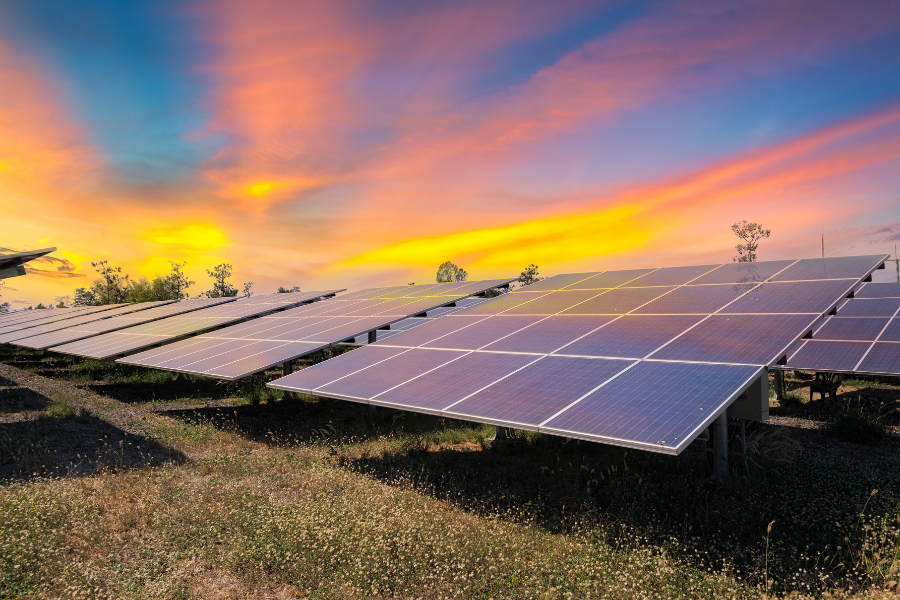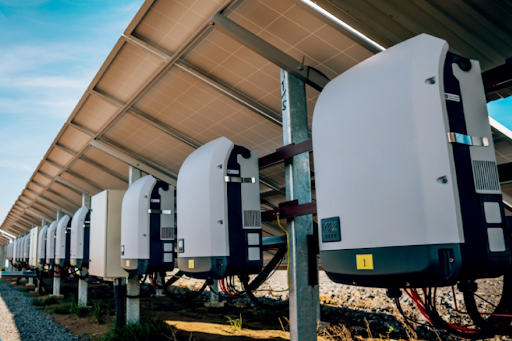The Victorian Government’s Plan for Solar Aggregation
The Victorian government recently made a call for partners in a new solar pilot program. Although a trial program is always a small step, when viewed...
3 min read
![]() Solar Trust Centre Team
:
Apr 8, 2021 7:00:00 PM
Solar Trust Centre Team
:
Apr 8, 2021 7:00:00 PM

The Yarra Energy Foundation (YEF) and CitiPower are bringing the first “solar sponge” community battery network to Victoria. The partnership between the not-for-profit YEF and one of Australia’s largest electricity distributors in CitiPower made waves when first announced in January. Unquestionably this is a notable project not only for the inner city of Melbourne where the community battery will reside, but also for what it reveals about how community batteries may be put to work in the Covid-19, and post-Covid-19 era.
The key aims of this project are multifaceted. Although at present the rate of rooftop solar sits at around 5% of the 332,000 customers in Citipower’s network, this is expected to rise to 24% by 2026. Just like the experience of South Australia, for Victoria and its capital city such uptake of solar is a welcome trend. But it also comes with challenges that must be managed surrounding oversupply of the network. The failure to do so effectively could lead to blackouts and other issues.
A community battery can help ensure excess solar energy isn’t lost, and it’s more efficiently distributed throughout the day. It does this by taking the excess solar energy saved during the day when demand is low and redistributing it back out to households in the late afternoons and evenings when demand is higher. Furthermore, for Aussies in a community battery area they could apply to install a rooftop solar system in future and not be prohibited from exporting excess energy. Without a community battery, they may be prohibited from exporting given the risk it could pose to the grid.
Alongside the benefits for the rooftop solar owners of tomorrow, a community battery can dispense energy harvested by solar installations back out to households that do not have a solar installation. In this regard, a community battery effectively serves as a smaller version of a grid-scale battery for the benefit of a local neighbourhood. Such a system could also make it possible for residents to potentially purchase a share in the community battery, and give communities a direct say at the grassroots level on how they source and utilise energy in their neighbourhood.

While it’s been technologically possible for Aussies to work-from-home (WFH) for many years now, until the outbreak of the Covid-19 pandemic the cultural ability to do so was limited. Even tech giants like Google – the creator of numerous pieces of software like Hangouts that have been essential for workers in the pandemic era – were long resistant to a WFH arrangement before the pandemic broke out. Since it did, they’ve effectively had no choice but to implement one.
Because many Melburnians are now WFH greater demand on their rooftop solar installations is occurring. As sectors of the workforce will be resistant to returning to the office to work as they did pre-pandemic – and this will be the case regardless of whether a vaccine and/or local eradication of the virus occurs – there’s the expectation that the increased demand on rooftop solar installations during the day will now be a mainstay. Community batteries will offer an avenue to help ensure excess energy isn’t lost, and reduce the risks to the grid that can come with oversupply.
Although there’s little doubt once the pandemic ends we’ll see some form of ‘snap back’ to life as it was pre-pandemic, it’s also clear numerous trends in our lives have either arisen or escalated as a result of the pandemic. These trends are set to impact the way we use our cities and inner cities in future.
Many Melburnians who were city workers and resided in apartments among city and inner city skyscrapers have since relocated to the suburbs, and even provincial Victoria. The reasons for this vary – some who experienced a Covid-19 lockdown got ‘cabin fever’ and sought out bigger residences, just as lots of workers who now WFH can live far from their old office if they wish to – but it all results in a decrease in demand for inner city living. This trend may continue for a long time yet.
Given Melbourne’s presently struggling to kick start a mass return of city workers to boost the retail and hospitality businesses that rely on their custom, it’s safe to say some considerable turbulence can be expected in the years ahead for any solar project reliant on cities and inner cities bursting at the seams with people. Especially as Melbourne navigates an era where the closure of international borders means far fewer international students – usually a key demographic for inner city rentals – will live and work in the city.
So a potential challenge for this community battery plan and others like it does not reside with the solar technology itself, but the sheer reality of population trends in the Covid and post-Covid era. Nonetheless, this project certainly has promise, not only for what it offers Melbourne’s inner city but as a template that could be replicated in different parts of the city, and other Australian locales in time ahead. On that basis, the trial is expected to begin later this year and all solar enthusiasts shall look forward to following it once it does.
Contact Solar Trust Centre today if you have any questions or want to know more about solar and renewable energy.
The Victorian government recently made a call for partners in a new solar pilot program. Although a trial program is always a small step, when viewed...

Many Australians with an interest in solar find the dynamics between batteries and feed-in tariffs confusing. This is completely normal. After all,...
In a recent trial of mini grid technology, a group of eight Melbourne houses were linked to each other to form a self-sustaining, all renewable grid...